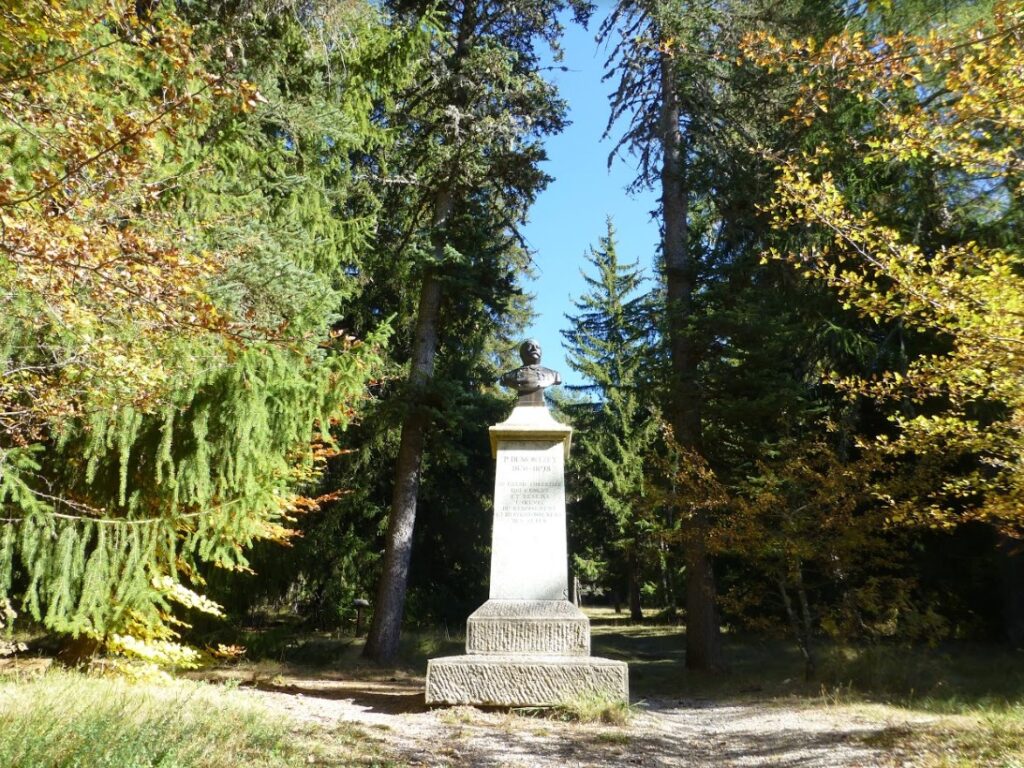The flora and fauna adventure> Forests and animals
Step 3

alt_route Demontzey Forest Park
Deforestation for agriculture begins after the Roman conquest, continues with the monks in the Middle Ages and accelerates in the 15th century. The population density in the middle of the 19th century is such that every piece of land is cultivated! Deforestation makes the surface layers of the soil very fragile: during rainy periods, they turn into a torrent of mud and are easily eroded.
The law of July 28, 1860 gives the mission of the water and forest administration (now the National Forestry Office) to reforest the mountains… not without creating a debate! We owe this forest to Prosper Demontzey (1831 - 1898), French engineer of Water and Forests, precursor of reforestation in the mountains.
To find out more, read the thematic sheet on "Reforestation".
https://www.blancheserreponcon-tourisme.com/patrimoine-naturel/le-parc-demontzey-le-vernet/
Learn more
Reforestation
The species chosen are first of all the local varieties of Scots pine, mountain pine, spruce and larch; Austrian black pine comes next, especially for large plantations such as the Blanche mountain, towards Seyne. Cedar is also successfully planted at Labouret. Large nurseries were also created, such as at Plan Bas in Laverq or at the foot of the citadel of Seyne.
Each reforestation worker was provided with a pickaxe and an apron bag with two pockets, one for the resinous seeds (pines, firs, etc.), the other for the seeds of sainfoin (a plant also called Onobrychis) sown. at the same time as a rapid ground cover and as a fertilizer. Larch seeds were also broadcast on snow (birds do not eat seeds in snow).